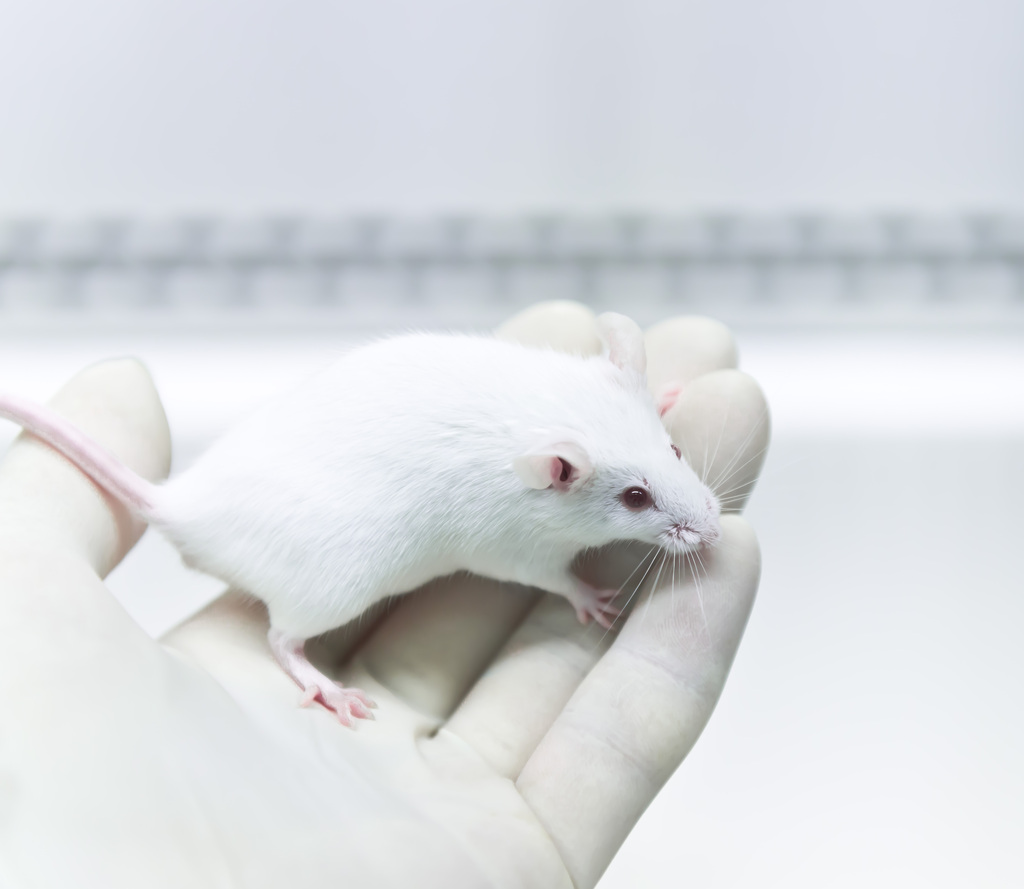Gene Therapy Reduces Disease Severity in SMA Mouse Model, Study Shows

Gene therapy that increased the production of a protein called DOK7 in a spinal muscular atrophy (SMA) mouse model was found to improve the neuromuscular junction structure, reduce muscle fiber loss, improve grip strength, and extend survival.
These study findings suggest that DOK7 may be a useful therapeutic target to support SMA therapies that treat deficiencies in survival motor neuron (SMN) protein — the underlying cause of SMA.
The study, “AAV9-DOK7 gene therapy reduces disease severity in Smn2B/- SMA model mice,” was published in the journal Biochemical and Biophysical Research Communications.
The hallmark of SMA is insufficient SMN protein levels, which lead to the impairment of the neuromuscular junction (NMJ) — the place where nerve cells connect with the muscles they control.
A protein called docking protein 7 or DOK7 plays an essential role in neuromuscular junction development.
While mice lacking DOK7 fail to develop functional neuromuscular junctions, the protein’s overproduction can enlarge these junctions and has been shown to provide therapeutic benefits in people with amyotrophic lateral sclerosis (ALS).
“Taken together, these DOK7 activities suggest a potential modifying role in the SMA context through enlargement of NMJs,” the researchers wrote.
Now, a team of investigators from the University of Missouri tested this idea by delivering the gene for DOK7 to mice that produce insufficient amounts of SMN protein as a model for less severe forms of SMA.
Although these mice can walk, they have many SMA characteristics, including neuromuscular junction defects and a loss of skeletal muscle and motor neurons.
The DOK7 gene was delivered to the mice using a harmless adeno-associated virus (AAV) — a vector commonly used in gene therapy —administered intravenously (into the vein) one day after birth.
After 17 days, which represented the mid-symptomatic stage of the disease, the levels of DOK7 increased in the skeletal muscles of the back legs of the mice. Still, its overproduction did not impact the levels of SMN protein. Untreated mice lived an average of 21.2 days, which was slightly, but significantly increased to 22.2 days in treated mice.
The treatment did not affect body weight compared with untreated mice. However, a four-limb grip strength test showed significant improvements in grip strength at mid-stage disease progression compared with untreated SMA mice in which the improvement was more pronounced at the late stages of the disease.
These results suggested the “events at affected NMJs are partially corrected,” the researchers wrote.
SMA patients, like mouse models of the disease, have less nerve growth and a reduction in motor endplate area — the place in the muscles that receive nerve impulses.
DOK7 treatment prevented the reduction in the endplate area compared with untreated SMA mice and significantly increased the endplate area compared with untreated normal mice.
After 21 days, a late symptomatic time point in disease development, the SMA mice exhibited a significant loss of motor neurons in the spinal cord as compared with healthy mice. The treated mice showed a neuron count between that found in the healthy controls and SMA mice, but the difference was not statistically significant.
DOK7 treatment did not increase motor neuron size, suggesting it “does not improve central defects.”
Loss of contact between motor neurons and skeletal muscle contributes to the reduction of muscle fibers in SMA, which was evident in the SMA mice compared with the healthy mice. The gene therapy with DOK7 significantly improved muscle fiber area in muscles compared with the untreated SMA mice.
“These results, together with the functional improvement in motor activity, support a muscle protective role of DOK7 in SMA,” the researchers wrote.
“Our results contribute to the growing body of evidence that DOK7 is a potential therapeutic target that can be utilized to treat a panel of neuromuscular diseases,” they wrote, adding that “DOK7 could be targeted in combination with highly efficacious, SMN-inducing therapies to enhance the integrity of affected NMJs.”







